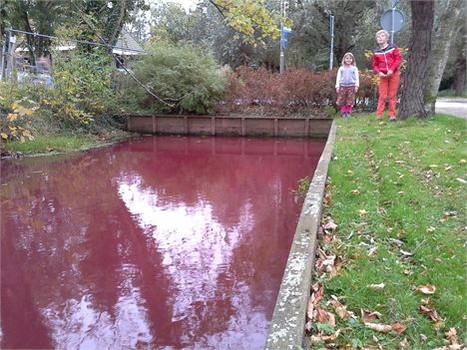OF THE
TIMES
A small body of determined spirits fired by an unquenchable faith in their mission can alter the course of history.
An official investigation launched by the folks who went "All-in" on its Safe and Effective. I wonder how the investigations going to turn out?
Le comble de la bêtise ; ils attisent le feu nucléaire !
The US has NEVER crawled away.... slithered away describes its foreign policy.
Ces entités intelligentes , sont évoquées ,dans le Coran ; " Ô peuple de djinns et d'hommes ! Si vous pouvez sortir du domaine des ciels et de la...
Well, he is either a useful idiot who knows to much or a fellow parasite who angered the wrong tribal elder, either way when your enter a viper...
To submit an article for publication, see our Submission Guidelines
Reader comments do not necessarily reflect the views of the volunteers, editors, and directors of SOTT.net or the Quantum Future Group.
Some icons on this site were created by: Afterglow, Aha-Soft, AntialiasFactory, artdesigner.lv, Artura, DailyOverview, Everaldo, GraphicsFuel, IconFactory, Iconka, IconShock, Icons-Land, i-love-icons, KDE-look.org, Klukeart, mugenb16, Map Icons Collection, PetshopBoxStudio, VisualPharm, wbeiruti, WebIconset
Powered by PikaJS 🐁 and In·Site
Original content © 2002-2024 by Sott.net/Signs of the Times. See: FAIR USE NOTICE

Comment: In other words, they have no clue, yet they pronounce it to be 'algae' so matter-of-factly!
Oh it's 'climate change' alright, but not quite as they've been telling us...
Volcanic eruptions, rising CO2, boiling oceans, and why man-made global warming is not even wrong